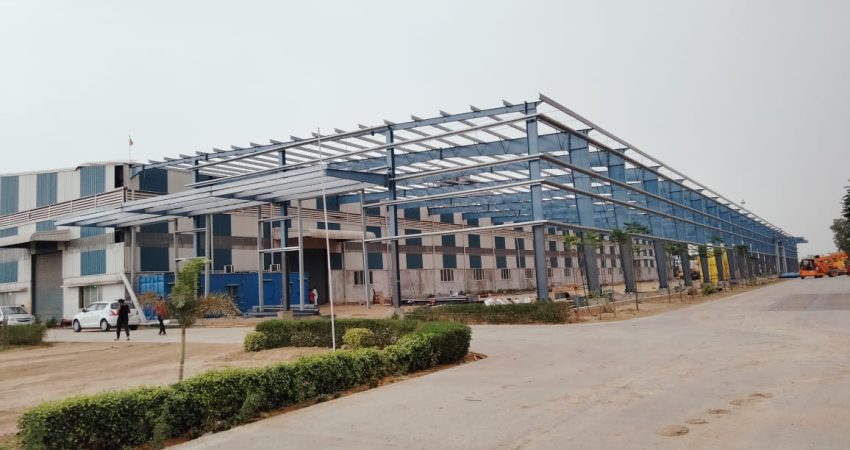Introduction: Pre-engineered buildings (PEBs) have revolutionized the construction industry with their efficiency, cost-effectiveness, and versatility. As industries and commercial sectors seek faster and more sustainable construction methods, PEBs have become a popular choice.
Main Points:
- What are Pre-Engineered Buildings?
A brief overview of PEBs and how they differ from traditional construction methods. - Advantages of PEB Construction:
- Time Efficiency: Reduced construction times compared to conventional buildings.
- Cost Savings: Lower labor and material costs due to precise manufacturing and modular construction.
- Flexibility in Design: Customizable to meet various architectural requirements.
- Sustainability and Eco-Friendliness: Reduced waste and ability to incorporate green building practices.
- Key Sectors Benefiting from PEB Construction:
Commercial buildings, warehouses, industrial plants, sports facilities, and retail spaces. - Future Trends in PEB Construction:
Innovations like smart buildings, increased use of sustainable materials, and integration with digital design technologies (like BIM).
Conclusion: PEBs offer a promising future for the construction industry, particularly as companies seek faster, more affordable, and greener building solutions.
